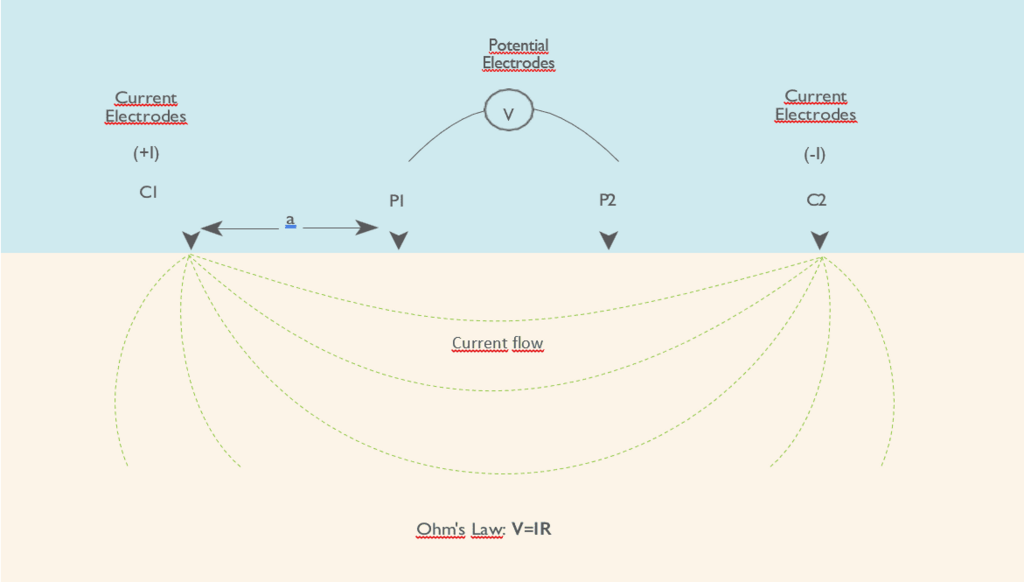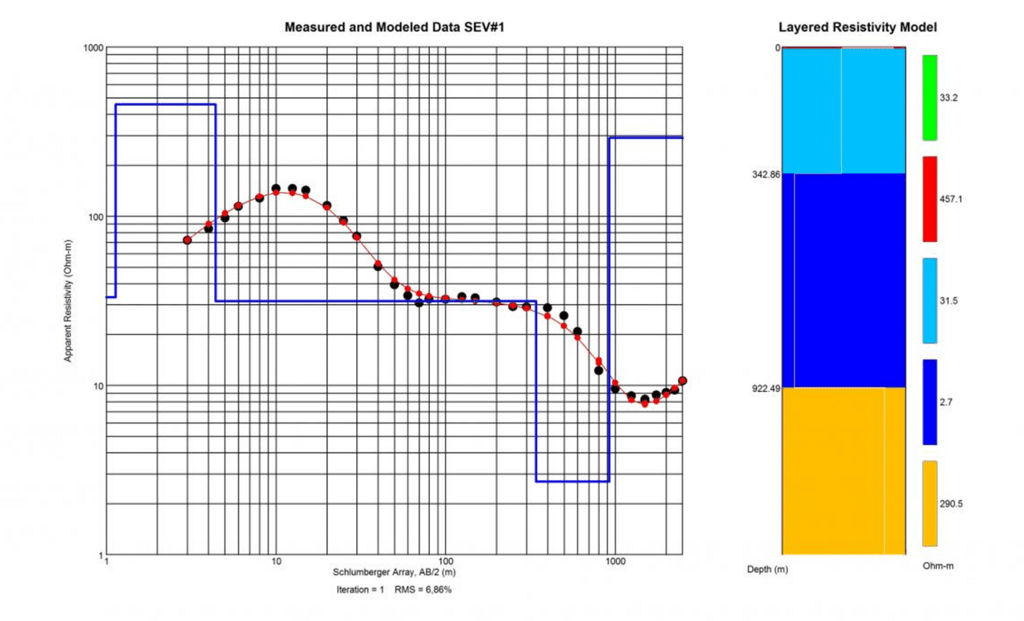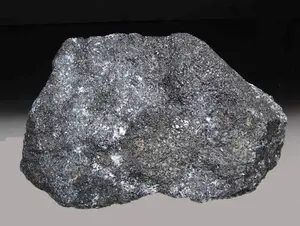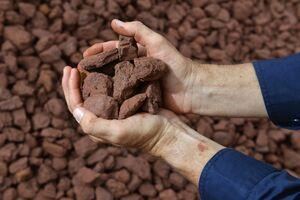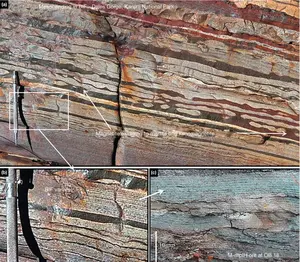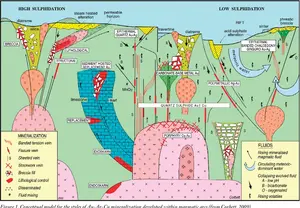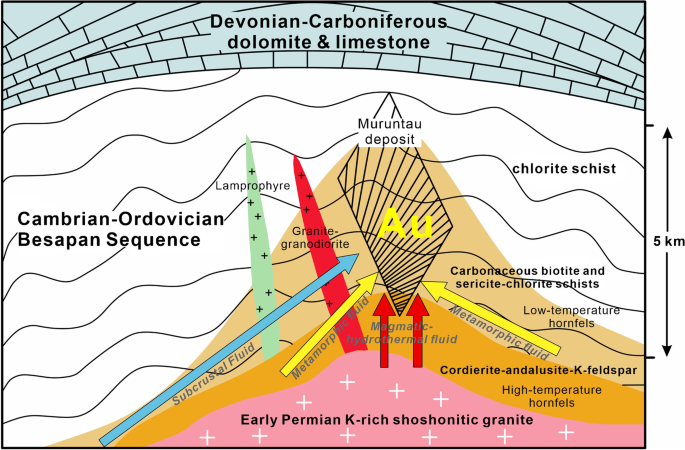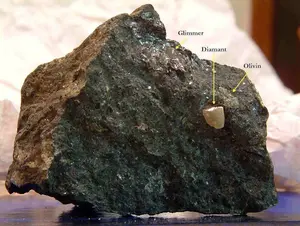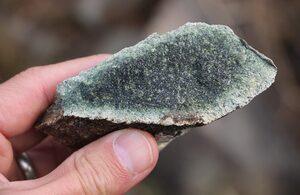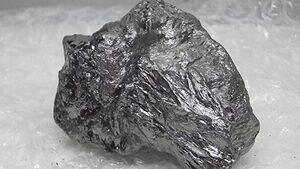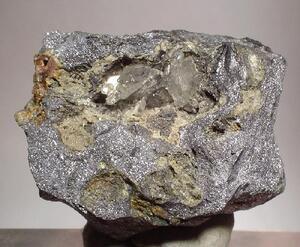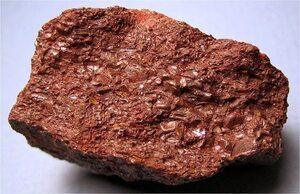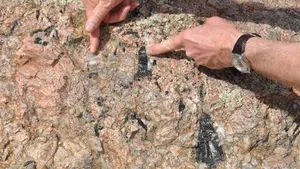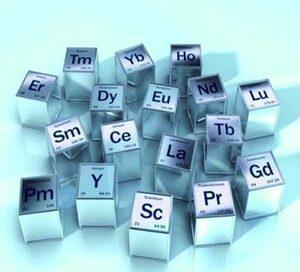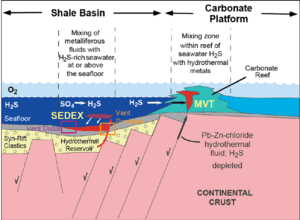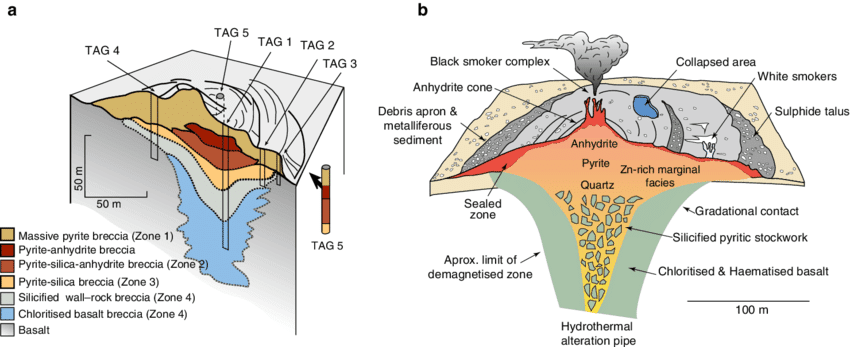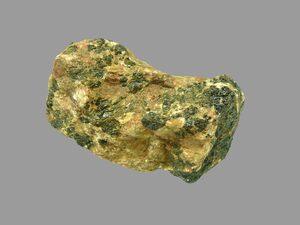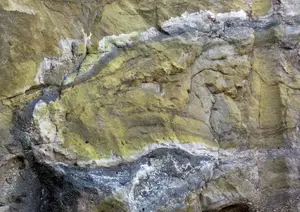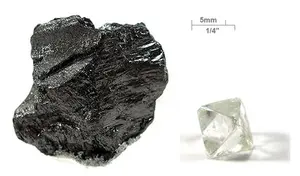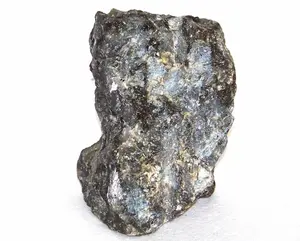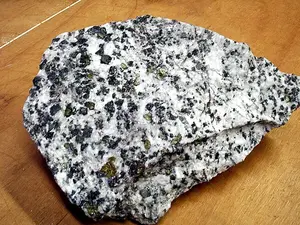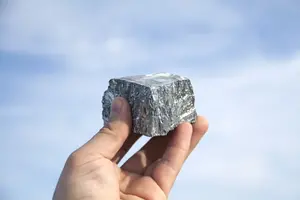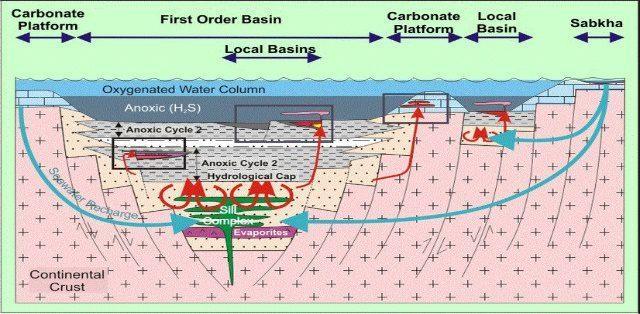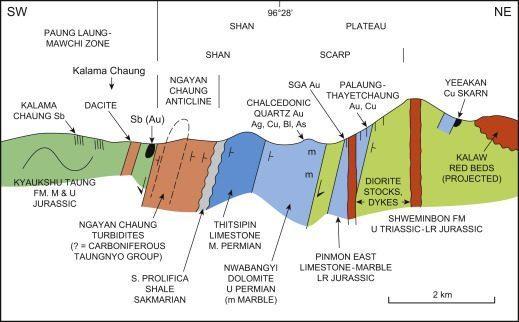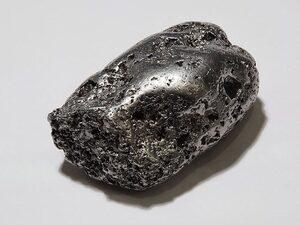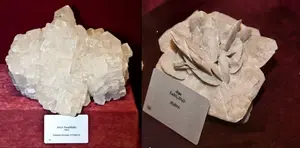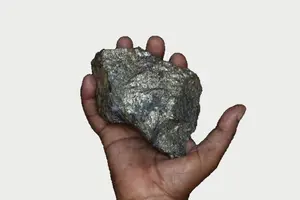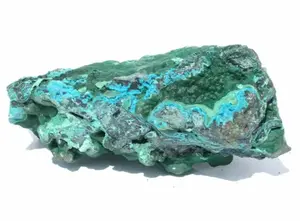Basic Theory
DES surveys are made by introducing an electric current underground through two metal stakes (current electrodes) planted in the ground. Once this current is introduced into the ground, the electrical potential difference between two additional electrodes (potential electrodes) is measured as voltage. Using Ohm’s law, this voltage gives a resistance value for the ground between the two potential electrodes. This is called the apparent resistivity of the ground at that point. This resistivity value provides many geological parameters such as geological structure, presence of groundwater, groundwater saturation value, depth to bedrock, salinity, etc. In this way, deeper geological information can be interpreted with the electrical conductivity values of geological structures.
Vertical Electrical Drilling (VES)
The most basic of these methods for determining the electrical resistivity of the ground versus depth is vertical 1D Vertical Electrical Drilling (VES). The VES method is widely used for groundwater investigations and engineering investigations, such as grounding protection studies. The most common electrode arrangement is the Schlumberger and Wenner arrays.
Application Areas
- Identification of near-surface and deep groundwater and hot water points
- Identification of methane and leakage locations of landfills
- Groundwater pollution dispersion and monitoring
- Identifying caves, channels and sinkholes in bedrock
- Determination of bedrock depth, faulting, fractured fractured structures, water content, landslide areas
- Corrosion analysis of soil for pipelines
Equipments
- Elrec Pro 10
- 12 V Akü
- VIP 5000 / VIP 10000/ TIP 6000 Transmitter
- CORS – RTK – GNSS

